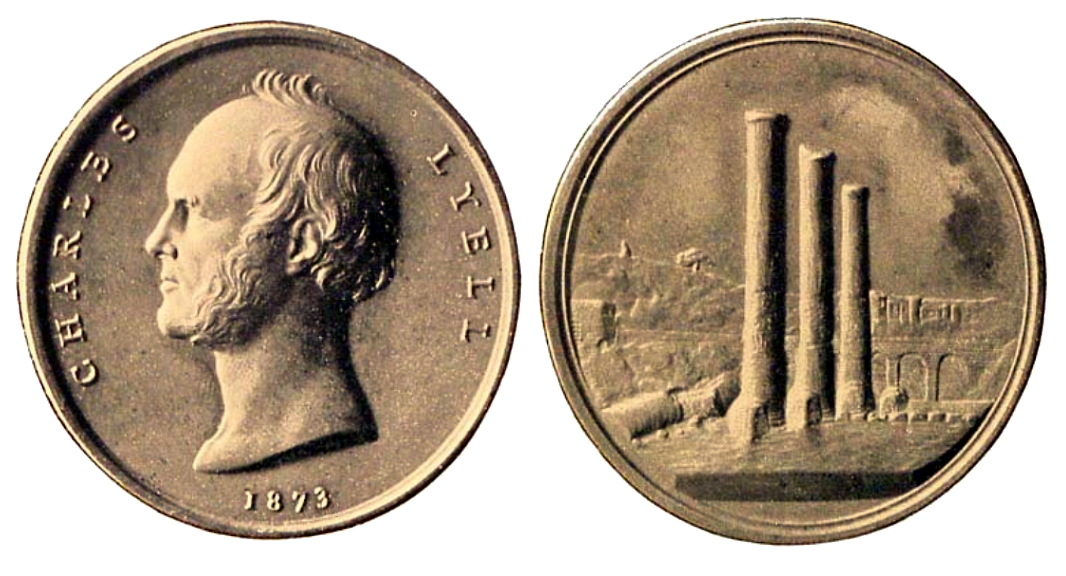Reading the Rocks
On November 14, 1792, geologist Charles Lyell was born. Although he trained as a lawyer, he had always been more interested in geology.
Extensively travelled and a keen observer, he came to realize the marks of great prehistoric time were all around him. He found its marks in water levels that had risen and fallen and marked their place and passage on rocks and on ancient harbour architecture. He could see that volcanoes built themselves up over time.
Lyell began to write articles and speak about his conclusions and caused a furor. He advanced the view that planet Earth’s geology was a continuing product of physical and chemical processes through geologic time.
He filled his book, Principles of Geology, with facts and examples to argue his position because they were not readily available to everyone. Lyell tried to apply his training in law to the presentation of these facts and produced his own method of scientific inquiry. Powerful stuff. Lyell was knighted for his work. His questions and method of inquiry pushed other scientists of his time to examine and evaluate their work, spurring the development of new scientific advancements and discoveries.
One such investigator was naturalist Charles Darwin who took a copy of Lyell’s book with him aboard HMS Beagle. Darwin found the factual evidence of Lyell’s principles of geology alive and well and everywhere he travelled. Over the following decades, Darwin applied the view of vast geologic time to support his theory of evolution. Lyell, however, was reluctant to take the last steps to accept that prehistoric time and geological processes had also impacted every aspect of biology.
Lyell’s insightful contribution lit a fire that could not be contained. The investigative flames continue to light up the Earth and Life Sciences that followed. Three mountains and two glaciers bear his name. The Geological Society awards the Lyell Medal for significant contribution to sedimentary rock study.

To this day, scientists continue to explore and make discoveries about our Earth. In March 2017, Nicole Mortillaro, CBC News, posted news about researchers who found remnants of planet’s infancy amid rock in northern Quebec in Traces of Earth’s original crust found in Canadian Shield.
B Bondar / Real World Content Advantage